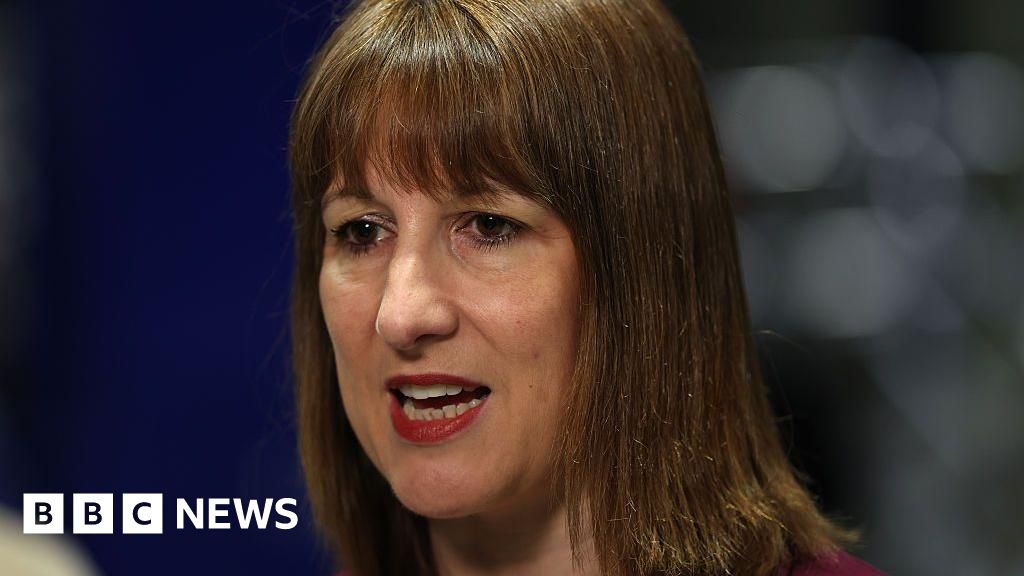For the last three years, shopkeepers across America have been up in arms about the alleged crime wave that has gripped the nation’s cities. The National Retail Federation recently called for a federal crackdown on retail crime, saying, “retailers are seeing unprecedented levels of theft coupled with rampant crime in their stores, and the situation is only becoming more dire.”
Major chains including Walmart, Walgreens, and Target have blamed rising crime for their decisions to close retail locations, with Target most recently shuttering nine stores across five cities.
But retailers’ claims are likely exaggerated, analysts at investment bank William Blair wrote in a recent research note. Yes, crime has risen relative to pre-pandemic levels — but that’s not the only thing happening, they wrote.
“[T]he actual increase in rates of theft seemingly does not necessarily correspond to the increase in company commentary and action—particularly one of the more dramatic initiatives to thwart crime, store closures,” they said. “[W]e have to acknowledge potentially ulterior, more opportunistic motives.”
Back to normal
During the pandemic, product “shrink”—the industry term for losses for any reason, including external and employee theft, product damage, or paperwork errors—dropped rapidly as fewer people shopped in-person and stores reduced hours and product selection. While theft has certainly risen since then, part of the recent increase in “shrink” is merely a return to pre-pandemic levels, William Blair noted.
Shrink, as a portion of sales, was 1.6% last year—the same as in 2019 and 2020, and up from 1.4% in 2021, according to the National Retail Federation. This year, William James estimated that shrink will make up a slightly higher portion, about 2%. That will mark a peak, the bank predicted, noting that there are “early signs of stability shrink levels already in 2023.”
More broadly, in the post-pandemic economy, retailers are facing price pressures from all sides: Inflation-squeezed consumers are being pickier, while foot traffic in many downtowns is well below its pre-pandemic levels, making retail in these formerly busy areas unsustainable.
Target is one such example, William Blair wrote. The Minneapolis-based chain has been vocal in its complaints about theft, most recently with plans to close nine stores in New York, Portland, Seattle, and the San Francisco Bay area.
“[W]e cannot continue operating these stores because theft and organized retail crime are threatening the safety of our team and guests, and contributing to unsustainable business performance,” Target announced in September. Despite investing in more surveillance and store guards, “we continue to face fundamental challenges to operating these stores safely and successfully,” the company said.
Actual crime statistics point to another culprit, however. Progressive newsletter Popular Information crunched the numbers last month and found that reported crime rates in the stores that closed were actually lower than at other nearby Targets which remain open.
William Blair suggested another possibility: Target could simply be closing unprofitable locations and conveniently blaming crime rather than bad business decisions. About five years ago, the chain, previously known for its sprawling complexes in suburban shopping centers, made a concerted push to have smaller-format stores in city downtowns, but it hasn’t publicly?? mentioned this as a strategy since 2020. There’s also the ever-growing popularity of online shopping, which, while boosting retailers’ bottom line, can take sales from their physical locations, making them less profitable. In fact, investment bank UBS expects online shopping to be a major factor in the closure of 50,000 retail locations over the next five years.
“Target could be using shrink to mask other issues, including poor inventory management, which came to a head in 2022 following supply chain disruption, and is now exiting underperforming stores to boost overall margins,” William Blair wrote.
“We believe companies like Target could indeed be using the current narrative around shrink to take broader action in lagging parts of their business,” the bank noted. (Target did not reply to a Fortune request for comment on the bank’s assessment.)
Since the pandemic emptied out downtowns three years ago, plenty of stores have closed from a combination of fewer customers and higher rent. Remote-work guru Nicholas Bloom estimated that the typical office worker’s spending in downtowns has fallen as much as $4,600 today from pre-pandemic levels. Walmart earlier this year closed four Chicago city stores with no mention of crime but saying it was losing “tens of millions of dollars a year” on the locations, according to William Blair.
‘Maybe we cried too much’
It’s not just Target: As far back as 2021, the Los Angeles Times noted that retail industry figures had a habit of exaggerating the impact of organized crime on retail. “Although some retail and law enforcement lobbyists cite eye-popping figures, there is reason to doubt the problem is anywhere near as large or widespread as they say,” the Times found.
Walgreens is one retailer that has admitted its fears may have been overblown. In 2021, the chain blamed multiple San Francisco store closures on rising crime, setting off a major discussion about crime in the city, but it has since reversed itself.
“Maybe we cried too much last year” about theft, chief financial officer James Kehoe admitted on an investor call in January.
To be sure, William Blair doesn’t completely discount the effect of shoplifting. Crime will continue to be one of several factors dragging down retail margins, the bank predicts, saying, “We see limited, if any, near-term fixes to the larger problem of organized retail theft,” given that shoplifting was and remains relatively low-risk and the popularity of online resale platforms like Amazon, eBay and Facebook Marketplace make it easy and profitable to offload stolen goods.
In fact, the bank suggests, it’s possible that retailers are making a lot of noise about theft to spur a government crackdown, since there’s not much they can do on their own, and the measures they have taken so far—like locking up merchandise—are unpopular with customers and can depress sales further.
“It seems really the only thing the government could do would be to go after [organized retail crime] at higher levels,” the bank wrote, adding, “this will likely be a slow journey.”
Credit: Source link











